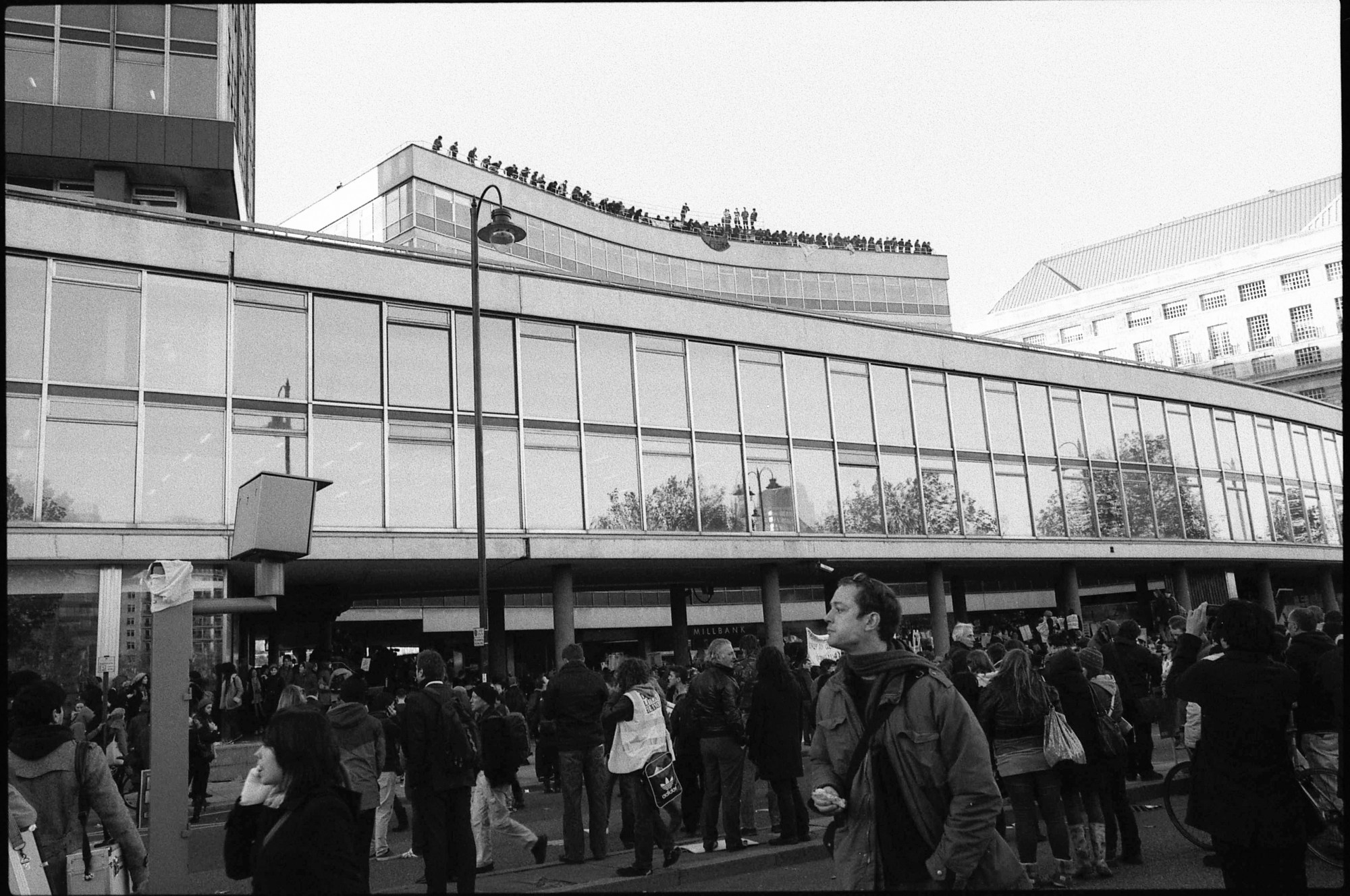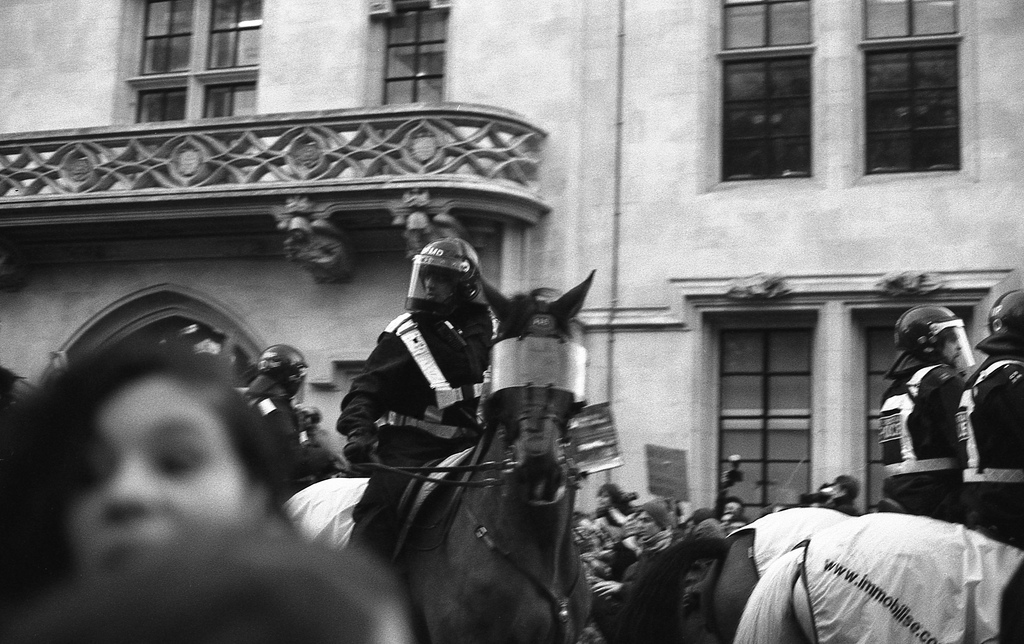A generational rupture has opened up in British politics. 72% of 18 to 24-year-olds voted to remain in the EU, but over-55s forced a new generation into a future it explicitly rejected. Consensus between generations has never been weaker, but the betrayal of the baby-boomers hasn’t gone unnoticed. Millennials are on the march.
In Britain, Jeremy Corbyn’s last-minute surge in the 2017 general election owed much to the “youthquake” that saw some 65% of young people vote Labour in the largest youth turnout since 1992. The decimation of the Tory vote among under-30s has finally scared the government into action. Woeful campaigns to ignite the secret Tory in all of us may have lasted all of a fortnight, but rumours swirling through Westminster suggest that young people might win big in the next budget. As it turns out, an austerity program that disproportionately targets young people isn’t smart politics. Who knew?
Where did it all go wrong for the Tories, and where did it all go right for Labour? According to one new book, the riotous protests against the rise in the cost of university education in 2010 offer a vital context for today’s revival of youth activism. Student Revolt: Voices of the Austerity Generation, by Matt Myers, offers oral histories from the turn of the decade when students took to the streets in their thousands. Tripling tuition fees made England’s universities the most expensive public higher education institutions in the world, while slashing the Education Maintenance Allowance (EMA) saw 647,000 college-age students stripped of the financial support many needed to be able to attend classes. Thousands mobilised in marches on Westminster, strikes and sit-ins shut down campuses across the country, and most spectacularly, hundreds occupied Conservative Party Headquarters at Millbank while the police struggled to regain control of the streets.
The revolt might have faded in the minds of new generations of students, but Matt Myers argues convincingly of the urgent need to record the voices of the movement. “No student movement in British history had so openly flouted the rules of political engagement. No student movement had ever caused such a ‘public order’ crisis, nor been met with such severe police repression,” he claims. “Its spontaneous radicalism and willingness to break barriers of legality makes it one of the most important British student demonstrations in history.”

Why did you decide to write Student Revolt?
I started the interviews in 2015 after Jeremy Corbyn was elected Labour leader. There was a sense that something radical was happening in British politics. I felt compelled to look back into the past to find the seeds of the present. There had been no space for the 2010 generation to record their experiences — positive and negative — of this pivotal moment in British history. For a long time, the defeat was too raw to process. Now, there’s enough emotional distance to assess what happened, where it went wrong, and where new generations might draw inspiration.
Why should the protests of 2010 matter to people who weren’t involved?
I think it laid the basis for the political breakthrough we’re currently seeing with many millions of young people — a huge majority — voting for Jeremy Corbyn in the 2017 general election. Policies such as free education can be directly traced back to 2010.
But it’s also important for Conservatives who are scrambling at ways to win back the youth vote. There’s talk of a Tory Glastonbury, but if they think that the reason why young people are voting for Jeremy Corbyn is down to gimmicks, then they didn’t really understand the lessons of 2010. What happened in 2010 was a generational cleavage — a complete breakdown of a generational compact. In part because of the tripling of tuition fees, young people are going to be indebted for the rest of their lives, forced to pay for a crisis not of their making. While at the time, young people took to the streets, now they’re taking to the ballot box. Finally, the political class is paying attention.

Much of the media coverage at the time focused on “violent” students vandalising the streets and fighting with police. Why did the protests fail to stop the tuition fee rise?
The Conservative-Lib Dem government of the time realised that tuition fees were a test case for austerity. They had to force through tuition fee hikes and cuts to EMA in order for the rest of the austerity agenda to work. The potential loss of youth votes, they thought, was worth it to keep government strategy afloat.
That gave the police a free-hand to enact extraordinary violence and cripple the protests. At the time, most of the press coverage focused on “violent” students but the police were the instigators: they kettled the crowds, caging kids as young as fourteen in sub-zero temperatures, preventing them from going home, and forcing them to burn their school books in order to keep warm. Meanwhile, the government destroyed their future in front of their eyes: so which side was more “violent”?
But it was also about the lack of preparedness among students. There is very little institutional memory in Britain of radical protest and revolution: people were learning on the job, through occupations and marches, and there was very little time to build a movement with a coherent strategy.
You’re also at pains to point out that the protests weren’t just white middle-class students at elite universities — working class students, college pupils and people of colour were crucial to the form the protests took.
For a lot of the protesters who didn’t fit that white middle-class stereotype, this wasn’t their first experience of police violence. Many weren’t there just to protest cuts to education, but to get back at the police who’d intruded into their communities for so long. Many of them felt that they had no recourse to protest and no faith in its power to change their situation, but it offered them a space to react against police brutality in a way they would not be permitted to in their own communities.
That said, what was most interesting is not any single group but how different groups coalesced. Lacan-reading hipsters stood alongside young, multi-ethnic groups from communities across London — radical bohemia and “kids from the slums,” in their own terms, came together to fight.
What do you think the events of 2010 can teach us about the potential of what a student movement might be?
I think it shows the power that young people have when they come together to defend their rights and to assert a different future. I think it shows how the political class can underestimate that power.
And I think it should be clear that the same contradictions that produced the 2010 revolt are are still present in British society now. Young people are paying for an economic crisis they had no hand in: we’re struggling with immense debts, facing worse job prospects, the repeal of workplace rights, and an older generation who has betrayed us.
The conditions for another 2010-style movement are there. Whether that’s expressed in the streets or the ballot box is up to young people to decide.
